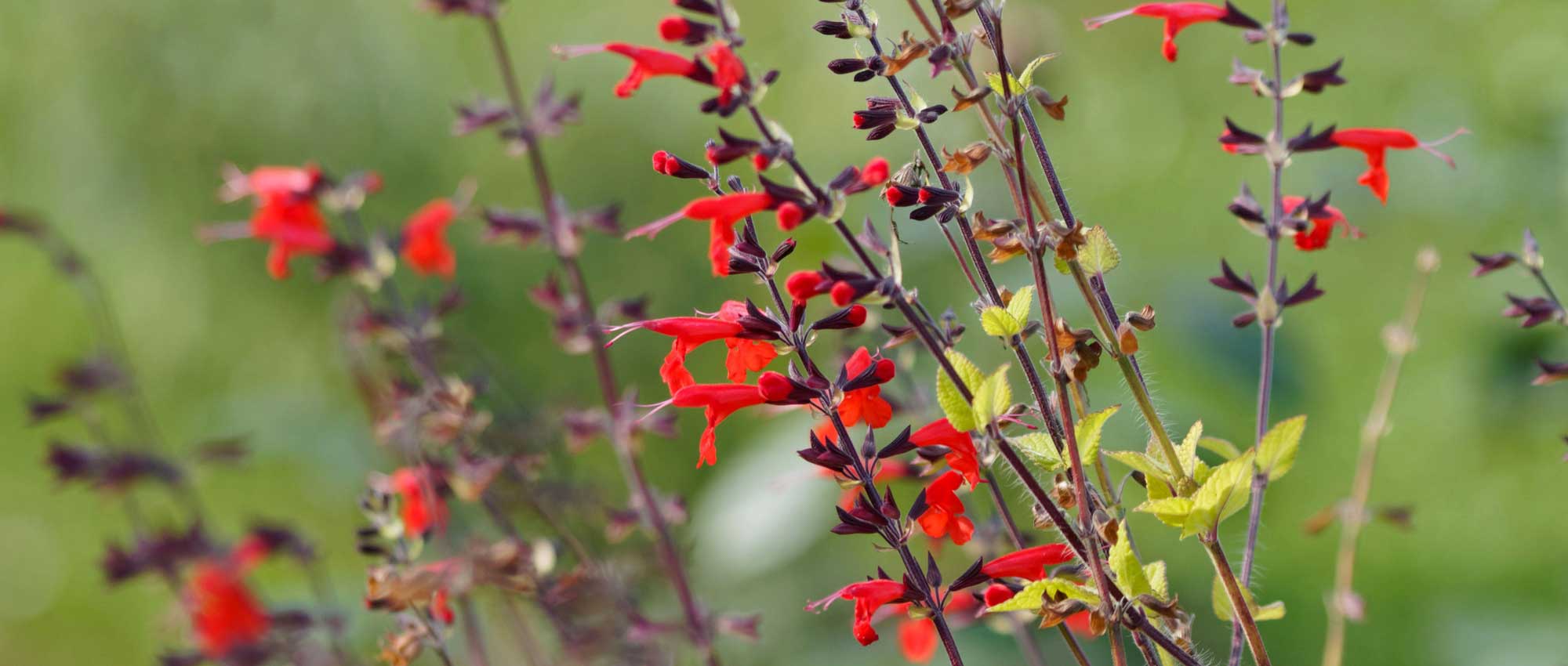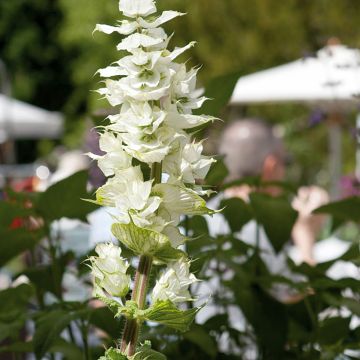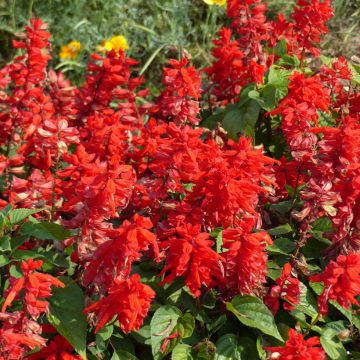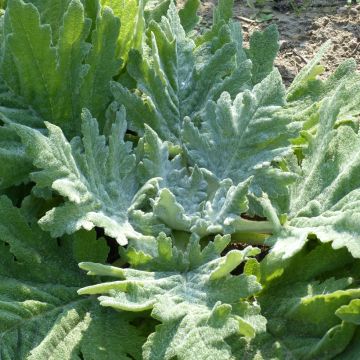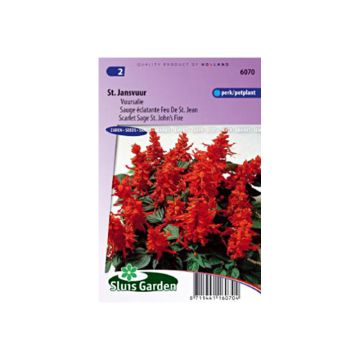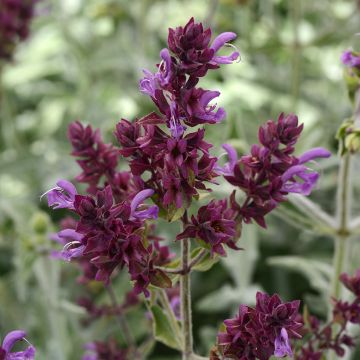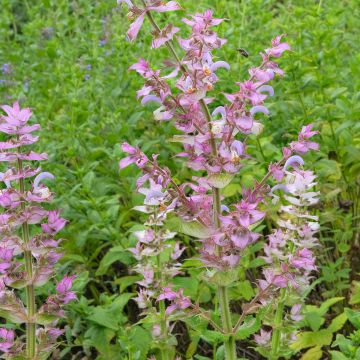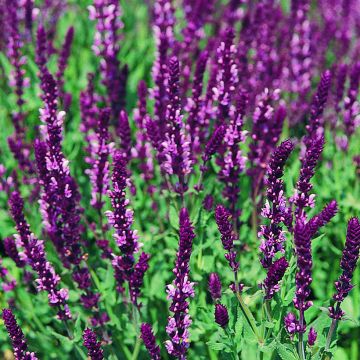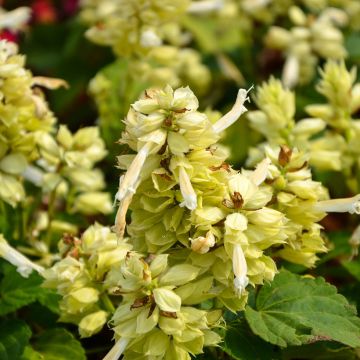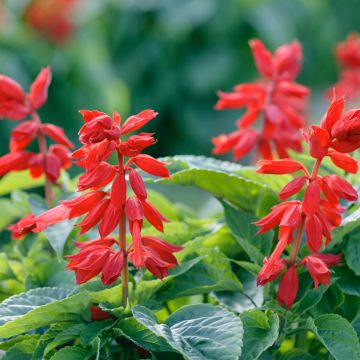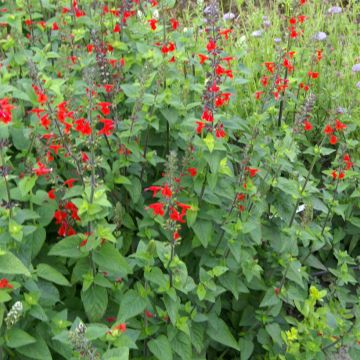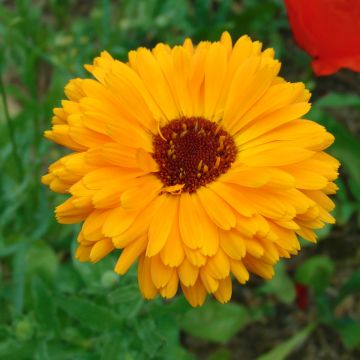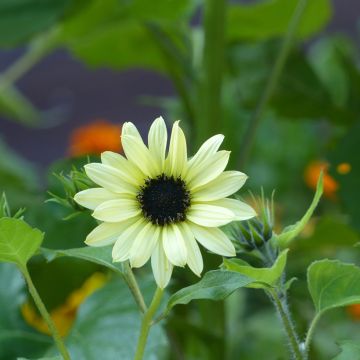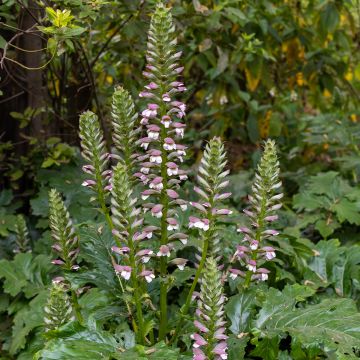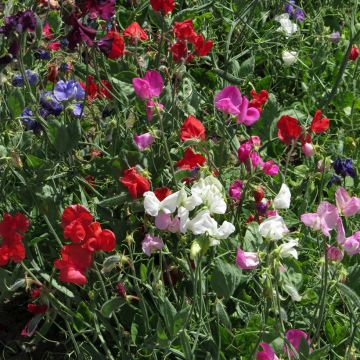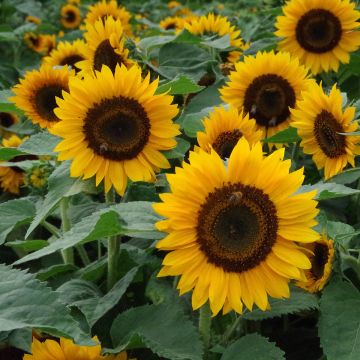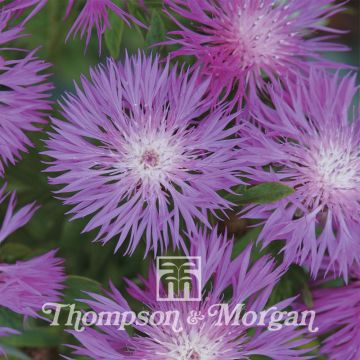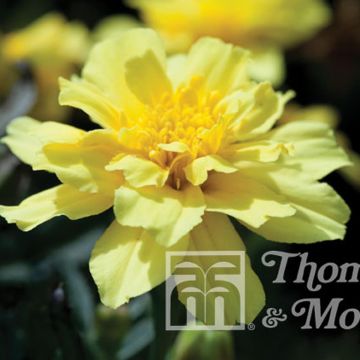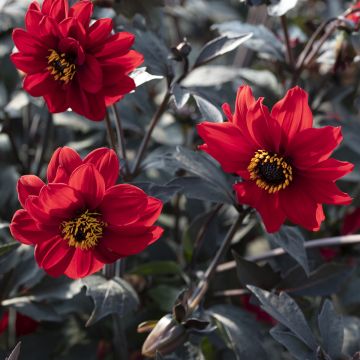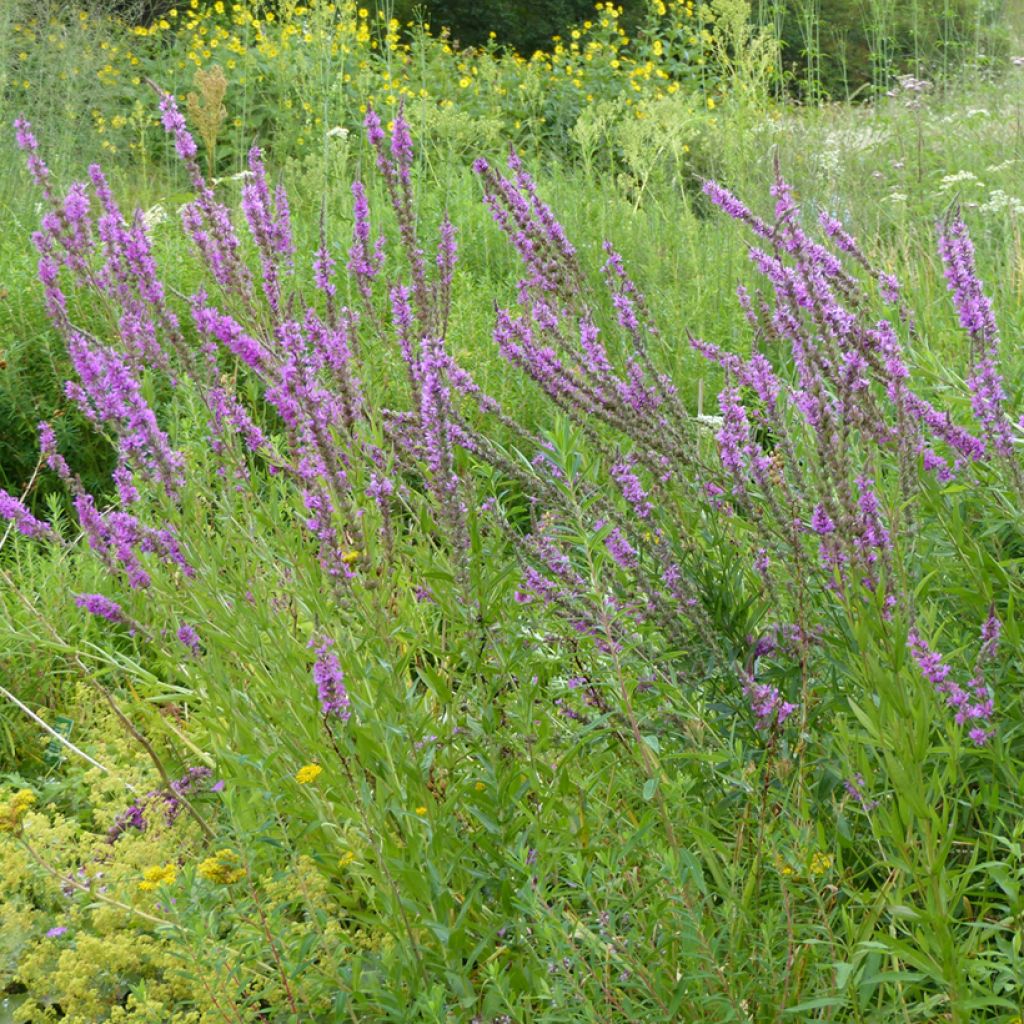

Lythrum salicaria - Purple loosestrife
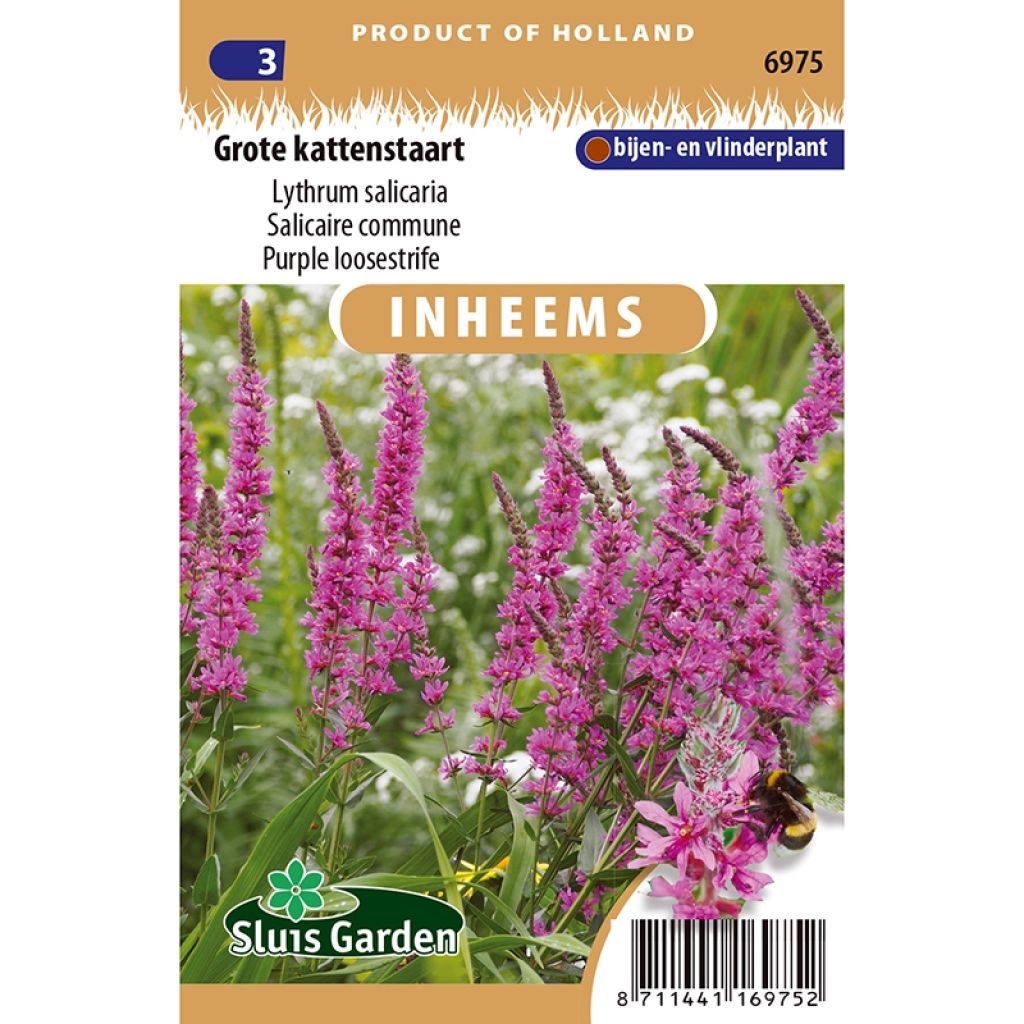

Graines de Salicaire commune - Lythrum salicaria
Lythrum salicaria - Purple loosestrife
Lythrum salicaria
Purple Loosestrife, Spiked Loosestrife, Purple Lythrum
Special offer!
Receive a €20 voucher for any order over €90 (excluding delivery costs, credit notes, and plastic-free options)!
1- Add your favorite plants to your cart.
2- Once you have reached €90, confirm your order (you can even choose the delivery date!).
3- As soon as your order is shipped, you will receive an email containing your voucher code, valid for 3 months (90 days).
Your voucher is unique and can only be used once, for any order with a minimum value of €20, excluding delivery costs.
Can be combined with other current offers, non-divisible and non-refundable.
Home or relay delivery (depending on size and destination)
Schedule delivery date,
and select date in basket
This plant carries a 6 months recovery warranty
More information
We guarantee the quality of our plants for a full growing cycle, and will replace at our expense any plant that fails to recover under normal climatic and planting conditions.
Does this plant fit my garden?
Set up your Plantfit profile →
Description
The common purple loosestrife, known in Latin as Lythrum salicaria, is a beautiful perennial that thrives in moist or marshy soil and is valued for its long summer flowering in vibrant purple spikes. It is also a medicinal plant, a vegetable, and a nectar-rich plant that is appreciated by our native wildlife. The loosestrife forms tall upright clumps composed of woody and sturdy stems carrying lanceolate, bright green leaves resembling those of willow. Hardy, robust, and prolific, it thrives in full sun or partial shade, in ordinary but moist soil, on the banks of water bodies or partially submerged stumps. It is ideal for adorning the edges of natural ponds, large meadow borders, or wet meadows.
The common purple loosestrife is a plant native to Europe, North Africa, and northern Asia, where it always grows in moist, even waterlogged soil and frequently spreads in shallow water at the edge of water bodies. It adapts to any soil as long as it is rich and moist. This species has become invasive in some regions where it has been introduced.
Anchored on a compact and powerful stump, equipped with nodose rhizomes, this loosestrife produces hairy, erect, woody, and leafy stems of reddish-brown colour, which form a clump that averages 1.10 m (4ft) in height and has a minimum width of 60 cm (24in). From June to August, magnificent flower heads appear in graceful spikes, 30 to 40 cm (12 to 16in) long, adorned with small tubular flowers in shades of purple to magenta, which bloom from the base to the top. The flowering is followed by the formation of capsule-shaped fruits, whose seeds are often dispersed by water. The leaves, deciduous in winter, are narrow and elongated, pointed, somewhat like those of willow.
The Lythrum salicaria is easy to grow and ideal for adorning the edges of water bodies or marshy areas, brightening them with its generous summer flowering. It pairs well with a multitude of plants and forms beautiful autumn compositions. Plant it alongside eupatoriums, loosestrifes, Filipendula rubra 'Venusta', and marsh spurge. In a wild style, in the back of a border, this imposing perennial forms a very successful combination with tall grasses: Miscanthus, Panicum, Stipa... It can be grown in borders, in rather heavy and consistently moist soil, and waterlogged containers. Its vertical silhouette contrasts beautifully with the majestic fountain-like habit of royal ferns. However, it can sometimes become invasive if the conditions are right, self-seeding spontaneously in fertile, well-drained, and moist soil.
The loosestrife was once consumed as a medicinal and edible plant during times of scarcity. The leaves can be eaten raw or cooked, while the stem and pulp can be consumed after cooking.
Tips:
Trim faded flowers in early autumn to limit its spread.
Flowering
Foliage
Plant habit
Botanical data
Lythrum
salicaria
Lythraceae
Purple Loosestrife, Spiked Loosestrife, Purple Lythrum
Western Europe
Other Salvia seeds
View all →Planting and care
Sowing :
Sow the seeds directly in the spring as soon as the temperature is above 15°C. Spade and clean the soil thoroughly before sowing, covering the seeds with compost. Germination takes place in a few weeks in a terrine or tray. As soon as the seedlings are manageable, they can be transplanted into pots to grow and then planted in the open ground after the last frosts. Purple loosestrife grows very quickly and a young plant can flower in its first year.
Be sure to leave 50 cm between plants.
Cultivation:
Easy to cultivate, Lythrum salicaria grows in the sun, in any moist and fertile soil, slightly acidic, neutral or alkaline, on the banks of a water point, or even partially submerged under 10 cm (4in) of water. Cut the faded flowers in early autumn to limit its expansion.
Sowing period
Intended location
Planting & care advice
This item has not been reviewed yet - be the first to leave a review about it.
Similar products
Haven't found what you were looking for?
Hardiness is the lowest winter temperature a plant can endure without suffering serious damage or even dying. However, hardiness is affected by location (a sheltered area, such as a patio), protection (winter cover) and soil type (hardiness is improved by well-drained soil).

Photo Sharing Terms & Conditions
In order to encourage gardeners to interact and share their experiences, Promesse de fleurs offers various media enabling content to be uploaded onto its Site - in particular via the ‘Photo sharing’ module.
The User agrees to refrain from:
- Posting any content that is illegal, prejudicial, insulting, racist, inciteful to hatred, revisionist, contrary to public decency, that infringes on privacy or on the privacy rights of third parties, in particular the publicity rights of persons and goods, intellectual property rights, or the right to privacy.
- Submitting content on behalf of a third party;
- Impersonate the identity of a third party and/or publish any personal information about a third party;
In general, the User undertakes to refrain from any unethical behaviour.
All Content (in particular text, comments, files, images, photos, videos, creative works, etc.), which may be subject to property or intellectual property rights, image or other private rights, shall remain the property of the User, subject to the limited rights granted by the terms of the licence granted by Promesse de fleurs as stated below. Users are at liberty to publish or not to publish such Content on the Site, notably via the ‘Photo Sharing’ facility, and accept that this Content shall be made public and freely accessible, notably on the Internet.
Users further acknowledge, undertake to have ,and guarantee that they hold all necessary rights and permissions to publish such material on the Site, in particular with regard to the legislation in force pertaining to any privacy, property, intellectual property, image, or contractual rights, or rights of any other nature. By publishing such Content on the Site, Users acknowledge accepting full liability as publishers of the Content within the meaning of the law, and grant Promesse de fleurs, free of charge, an inclusive, worldwide licence for the said Content for the entire duration of its publication, including all reproduction, representation, up/downloading, displaying, performing, transmission, and storage rights.
Users also grant permission for their name to be linked to the Content and accept that this link may not always be made available.
By engaging in posting material, Users consent to their Content becoming automatically accessible on the Internet, in particular on other sites and/or blogs and/or web pages of the Promesse de fleurs site, including in particular social pages and the Promesse de fleurs catalogue.
Users may secure the removal of entrusted content free of charge by issuing a simple request via our contact form.
The flowering period indicated on our website applies to countries and regions located in USDA zone 8 (France, the United Kingdom, Ireland, the Netherlands, etc.)
It will vary according to where you live:
- In zones 9 to 10 (Italy, Spain, Greece, etc.), flowering will occur about 2 to 4 weeks earlier.
- In zones 6 to 7 (Germany, Poland, Slovenia, and lower mountainous regions), flowering will be delayed by 2 to 3 weeks.
- In zone 5 (Central Europe, Scandinavia), blooming will be delayed by 3 to 5 weeks.
In temperate climates, pruning of spring-flowering shrubs (forsythia, spireas, etc.) should be done just after flowering.
Pruning of summer-flowering shrubs (Indian Lilac, Perovskia, etc.) can be done in winter or spring.
In cold regions as well as with frost-sensitive plants, avoid pruning too early when severe frosts may still occur.
The planting period indicated on our website applies to countries and regions located in USDA zone 8 (France, United Kingdom, Ireland, Netherlands).
It will vary according to where you live:
- In Mediterranean zones (Marseille, Madrid, Milan, etc.), autumn and winter are the best planting periods.
- In continental zones (Strasbourg, Munich, Vienna, etc.), delay planting by 2 to 3 weeks in spring and bring it forward by 2 to 4 weeks in autumn.
- In mountainous regions (the Alps, Pyrenees, Carpathians, etc.), it is best to plant in late spring (May-June) or late summer (August-September).
The harvesting period indicated on our website applies to countries and regions in USDA zone 8 (France, England, Ireland, the Netherlands).
In colder areas (Scandinavia, Poland, Austria...) fruit and vegetable harvests are likely to be delayed by 3-4 weeks.
In warmer areas (Italy, Spain, Greece, etc.), harvesting will probably take place earlier, depending on weather conditions.
The sowing periods indicated on our website apply to countries and regions within USDA Zone 8 (France, UK, Ireland, Netherlands).
In colder areas (Scandinavia, Poland, Austria...), delay any outdoor sowing by 3-4 weeks, or sow under glass.
In warmer climes (Italy, Spain, Greece, etc.), bring outdoor sowing forward by a few weeks.






























